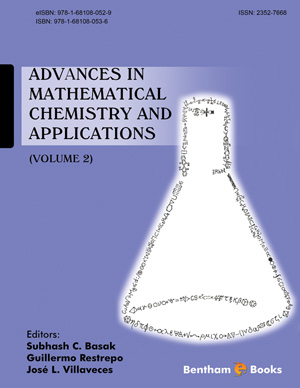Abstract
The Quantitative Structure Activity Relationship (QSAR) is a technique which quantifies the relationship between a physicochemical property of a drug and its biological activity. The present chapter aims at presenting some basic considerations concerning QSAR. These considerations include a historic background, some selected developments and some important descriptors including; electronic parameters, hydrophobic (Lipophilic) parameters and steric parameters. Finally, the application of QSAR on some selected biological structures is presented. Among these are 3'-azido-2',3'-dideoxythymidine (AZT); fulleropyrrolidine-1-carbodithioic acid 2; 3 and 4-substituted-benzyl esters; hydroxychalca- acetic acid-(4-pyrrolidin-1-yl-phenyl) ester and hydroxy-chalcoacetic acid-[2-(2- hydroxy-acetylchalcanyl)-4-pyrrolidin-1-yl-phenyl] ester.
Keywords: AZT, Chitosan, Fulleropyrrolidine, Hammet constant, Hansch equation, HIV-protease, Hydroxyapateit, Molecular modeling, QSAR descriptors.






















